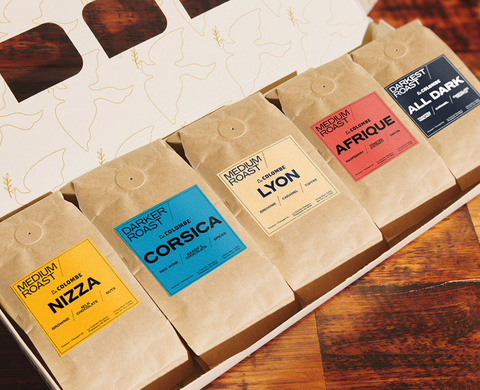Roasting vegetables until they’re perfectly crispy is easy and makes any meal taste better. While it’s not hard to do, a few simple tips can help you achieve that golden-brown, caramelized finish. Whether you’re roasting for a quick dinner or a holiday meal, small changes can make a big difference. From picking the right temperature to seasoning just right, these tips will help you get the best results every time.
Contents
- 1 Preheat the Oven to 425°F (218°C)
- 2 Cut Vegetables into Uniform Pieces
- 3 Thoroughly Dry Vegetables Before Roasting
- 4 Lightly Coat Vegetables with Oil
- 5 Season Vegetables Before Roasting
- 6 Avoid Overcrowding the Baking Sheet
- 7 Flip Vegetables Halfway Through Cooking
- 8 Roast Similar Vegetables Together
- 9 Use Convection Settings for Better Air Circulation
- 10 Line the Baking Sheet with Parchment Paper
- 11 Finish with a High-Heat Blast
- 12 Add Cornstarch for an Extra Crunch
- 13 Season Again After Roasting
- 14 Choose the Right Vegetables for Roasting
- 15 Allow Vegetables to Rest After Roasting
- 16 Experiment with Unique Seasonings
- 17 More From RetailShout
- 18 12 Exciting New Walmart Products We‘re Already Obsessed With
- 19 14 Trader Joe‘s Top Picks for Gluten-Free Cooking
Preheat the Oven to 425°F (218°C)
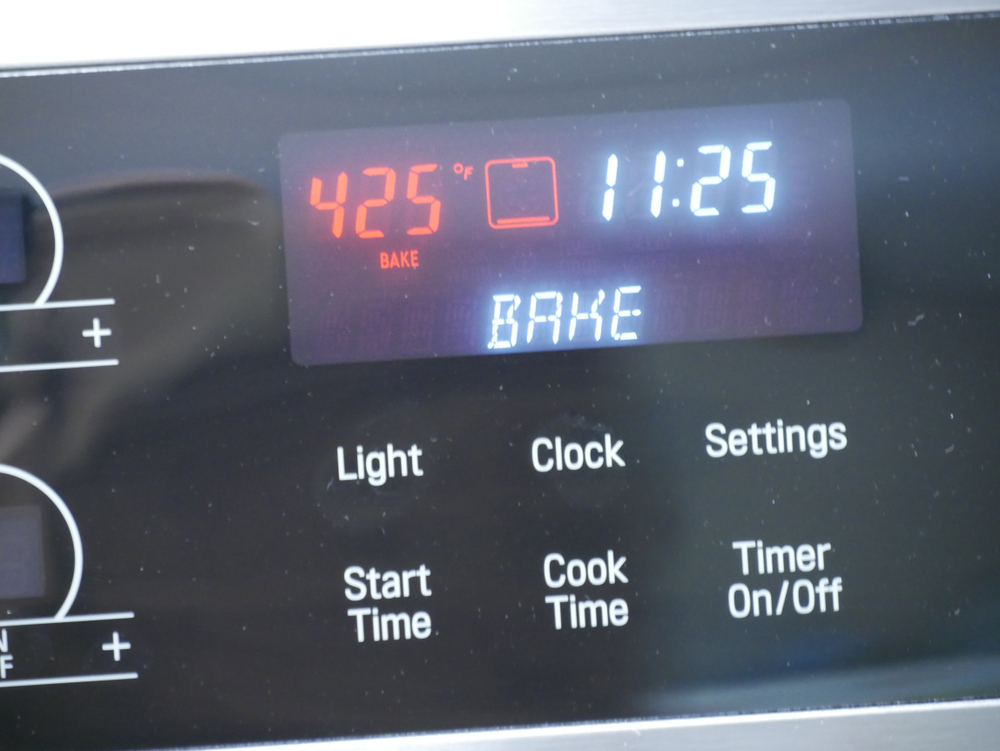
Setting your oven to 425°F (218°C) before roasting is crucial. This high temperature facilitates caramelization, enhancing the vegetables’ natural sweetness and promoting a crispy exterior. Roasting at lower temperatures may cause vegetables to steam, resulting in a softer texture. Ensuring the oven reaches the desired temperature before adding the vegetables guarantees even cooking and optimal crispness.
Cut Vegetables into Uniform Pieces
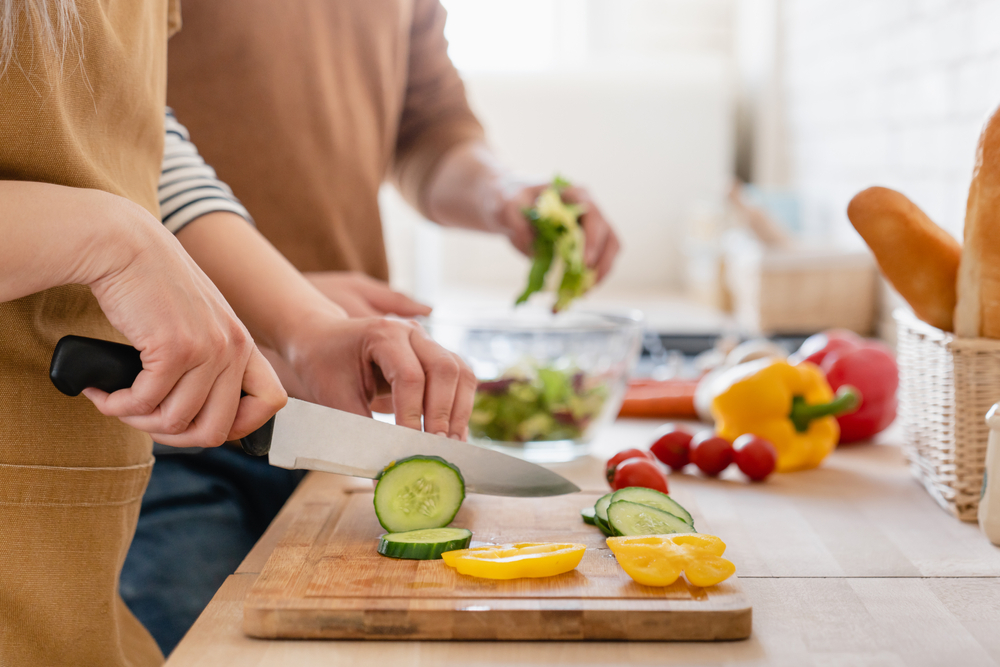
Chopping vegetables into similar sizes ensures they cook at the same rate. Uniform pieces prevent some vegetables from overcooking while others remain underdone, leading to a consistent texture. This practice is vital for achieving an even, crispy result across all pieces. Additionally, uniformity in size contributes to an appealing presentation.
Thoroughly Dry Vegetables Before Roasting
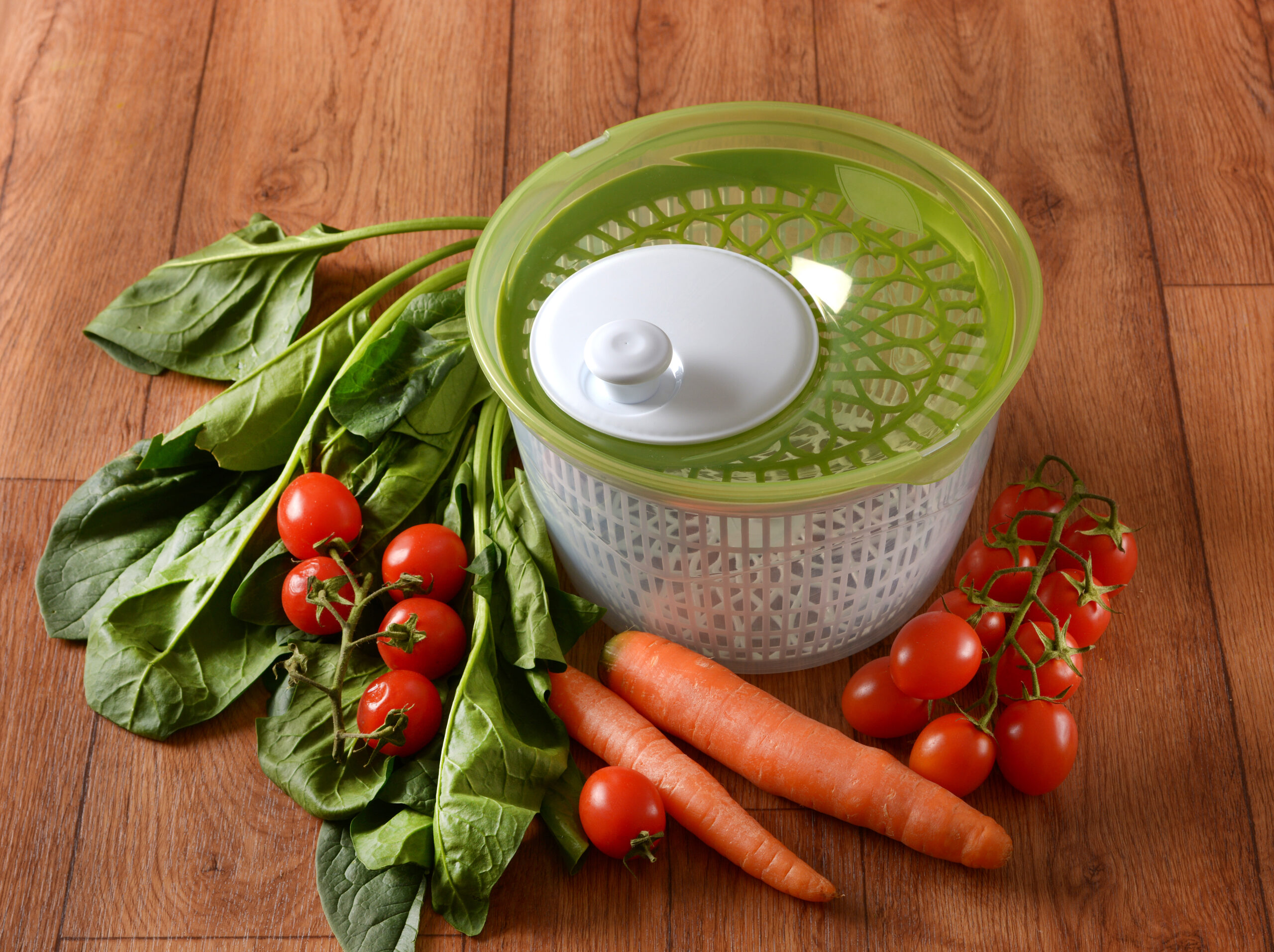
After washing, it’s essential to dry vegetables completely using a clean kitchen towel or a spinner dryer. Excess moisture can cause steaming during roasting, leading to a soggy texture instead of the desired crispness. Removing surface water allows the vegetables to roast properly, enhancing both flavor and texture. This step is particularly important for high-moisture vegetables like zucchini and mushrooms.
Lightly Coat Vegetables with Oil

Tossing vegetables with just enough oil to coat them lightly is key. Oil facilitates even browning and helps seasonings adhere, contributing to a crispy exterior. However, using too much oil can make them greasy and hinder crisping. Opt for oils with high smoke points, such as light olive oil or avocado oil, to withstand high roasting temperatures.
Season Vegetables Before Roasting
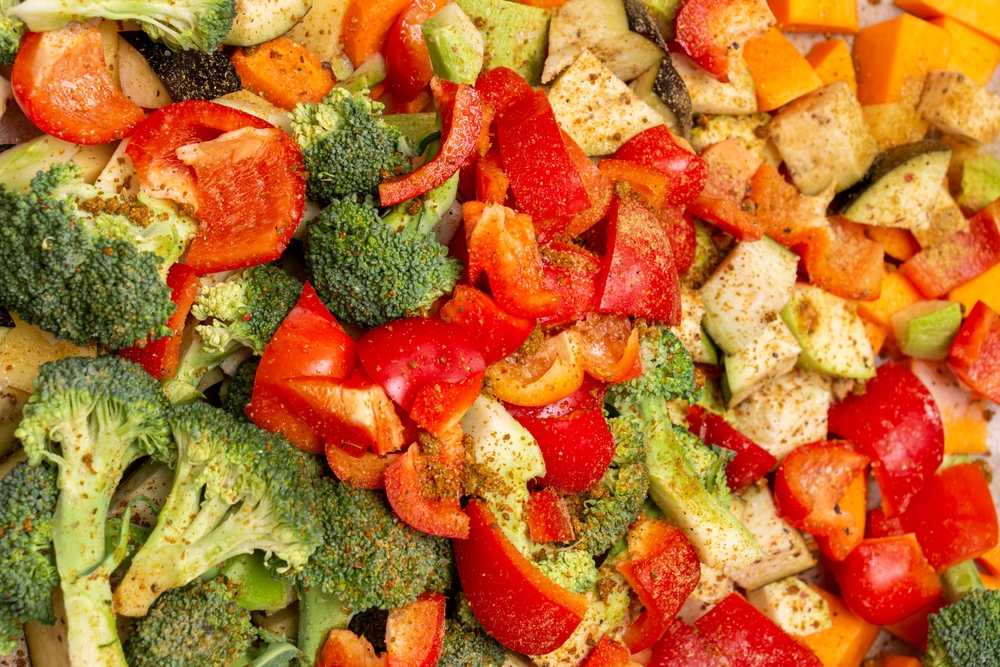
Applying salt and pepper, along with any desired herbs or spices, before roasting allows flavors to penetrate the vegetables. Seasoning beforehand enhances overall taste and helps draw out moisture, aiding in achieving a crisp texture. Be mindful of the amount to avoid over-seasoning, which can overpower the vegetables’ natural flavors.
Avoid Overcrowding the Baking Sheet
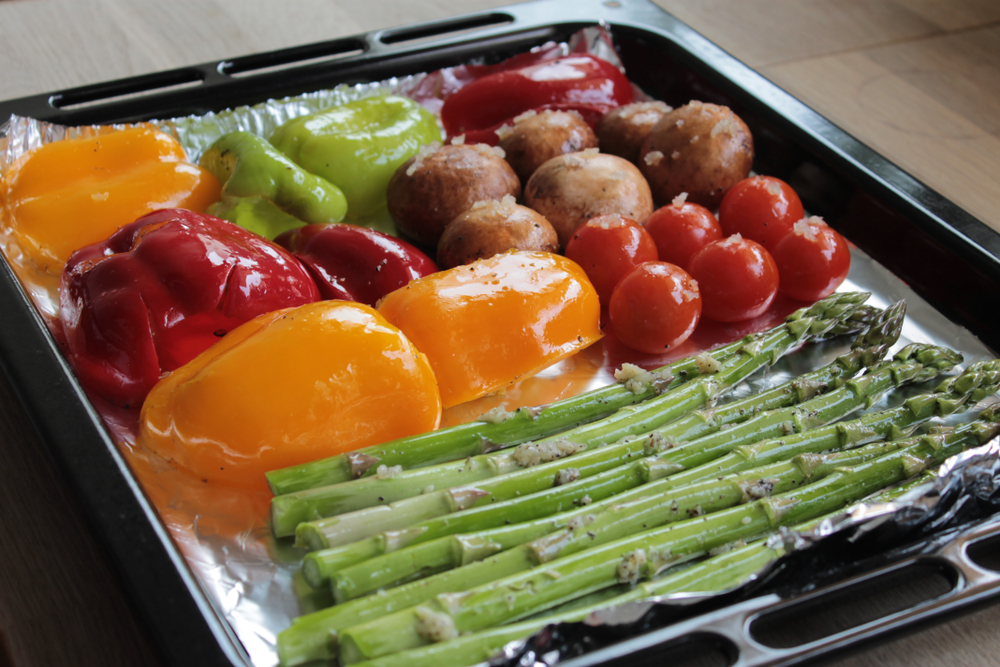
Arranging vegetables in a single layer with enough space between each piece ensures they roast evenly. Overcrowding can trap steam, causing the vegetables to soften instead of crisping. To avoid this, spread the vegetables out, even if it means using multiple baking sheets. Allowing air to circulate around each piece ensures a golden, caramelized exterior. This technique is especially critical for root vegetables like potatoes and carrots, which need ample space for crisping.
Flip Vegetables Halfway Through Cooking
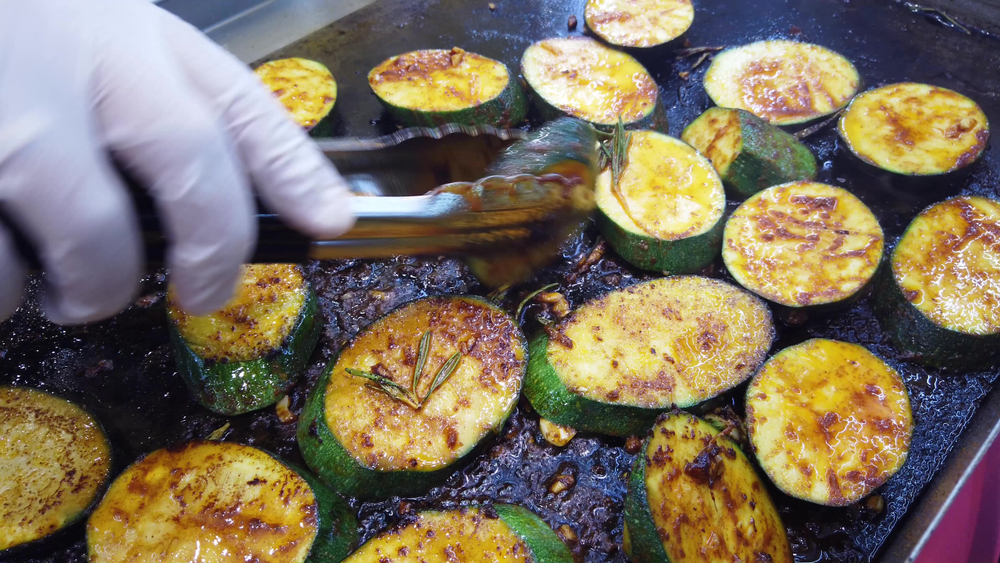
Flipping vegetables midway through roasting ensures all sides receive equal exposure to heat. This practice helps to evenly brown the vegetables, preventing one side from overcooking while the other remains underdone. Use a sturdy spatula to turn them gently to avoid breaking delicate pieces. Regular flipping also redistributes any oil or seasoning, enhancing the flavor. This step is crucial for achieving a consistently crispy texture across the batch.
Roast Similar Vegetables Together
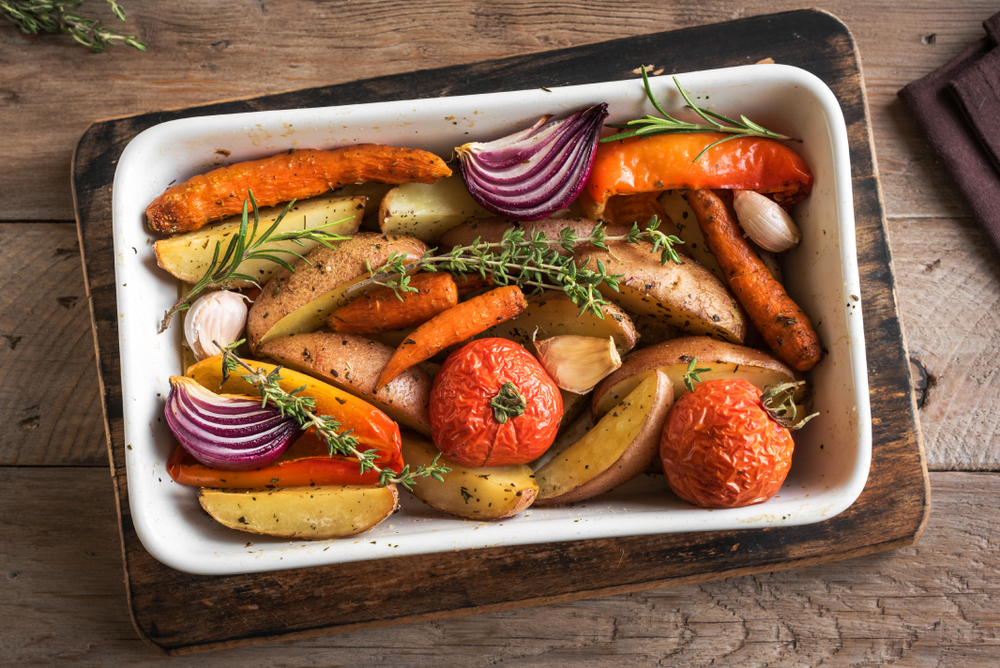
Group vegetables with similar cooking times and water content to ensure even roasting. Mixing dense root vegetables like carrots with quicker-cooking options like zucchini can result in uneven textures. Consider using separate trays for different types of vegetables or removing certain ones as they finish cooking. This method ensures that each vegetable is perfectly roasted to its ideal crispness. Adjusting for cooking times guarantees a more enjoyable dish.
Use Convection Settings for Better Air Circulation

If your oven has a convection setting, it can help achieve crispier vegetables by circulating hot air around them. This feature removes moisture more effectively, creating a crispy exterior without over-drying the interior. Convection roasting may require reducing the cooking temperature slightly to avoid burning. Always monitor your vegetables closely to ensure they brown evenly. This method is particularly useful for achieving a restaurant-quality finish.
Line the Baking Sheet with Parchment Paper
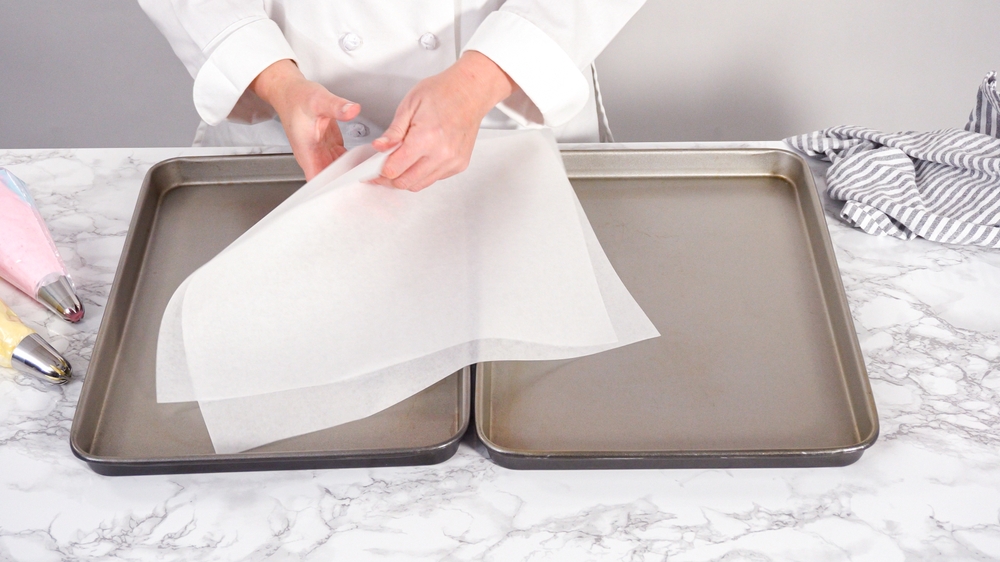
Using parchment paper to line your baking sheet prevents vegetables from sticking and allows for easy cleanup. Unlike foil, which can reflect heat and cause uneven cooking, parchment paper provides a non-stick surface without altering the roasting process. It also helps to maintain the vegetables’ natural moisture balance while still promoting crispness. For best results, avoid layering too many pieces directly on top of each other. Proper lining is especially helpful when roasting delicate vegetables like eggplant or bell peppers.
Finish with a High-Heat Blast

For an extra crisp texture, increase the oven temperature or switch to the broil setting during the last few minutes of roasting. This final blast of heat intensifies caramelization and adds a golden-brown finish. Be cautious and monitor closely, as broiling can quickly lead to burning. This technique is particularly effective for potatoes, brussels sprouts, and other hearty vegetables. The result is a perfectly crisp exterior that enhances the dish’s overall appeal.
Add Cornstarch for an Extra Crunch
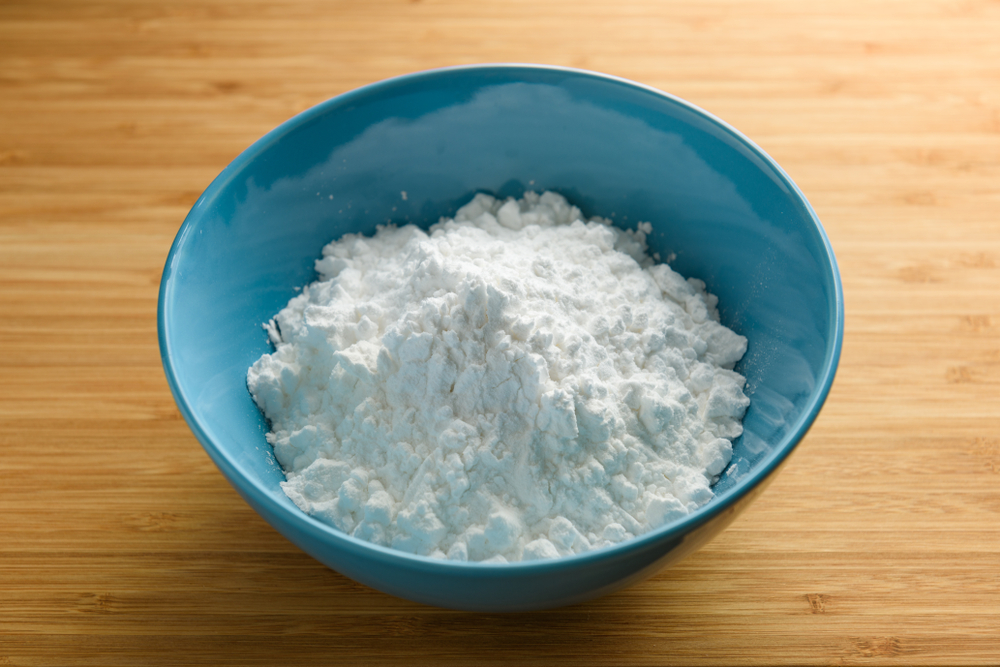
Tossing vegetables with a light coating of cornstarch before roasting can create a crispy, fry-like texture. Cornstarch helps absorb surface moisture, forming a crust when roasted at high temperatures. Combine it with your seasonings and oil to ensure even coating and flavor distribution. This method works exceptionally well with vegetables like cauliflower, sweet potatoes, and zucchini. Experimenting with this technique can elevate the texture of your roasted vegetables.
Season Again After Roasting
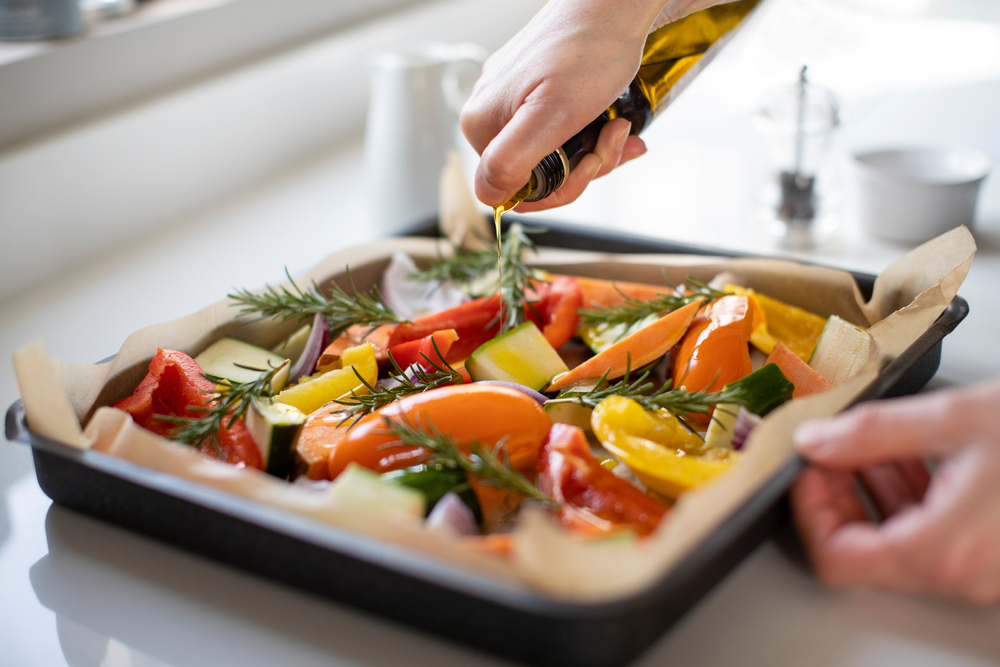
Adding a final sprinkle of salt or fresh herbs after roasting enhances flavor and texture. Post-roasting seasoning adheres better to the vegetables, providing an extra layer of taste. Consider using flaky sea salt, fresh parsley, or a drizzle of balsamic glaze to finish the dish. This final touch amplifies the vegetables’ natural flavors and creates a restaurant-quality presentation. Timing this step correctly ensures your roasted vegetables are flavorful and vibrant.
Choose the Right Vegetables for Roasting
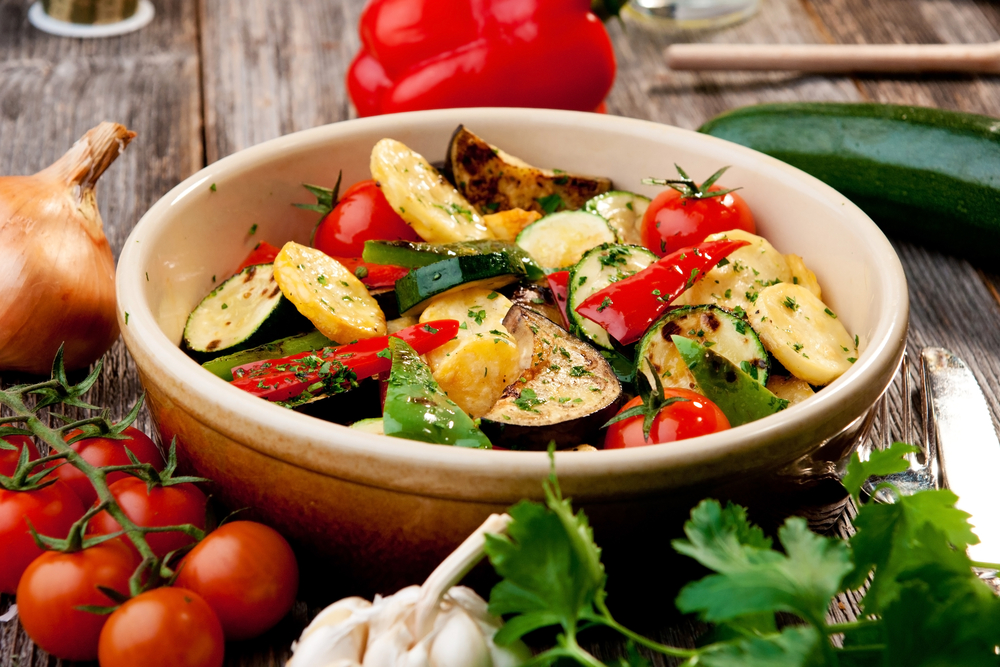
Some vegetables are naturally better suited for roasting due to their density and moisture content. Sturdy options like potatoes, carrots, brussels sprouts, and cauliflower crisp well under high heat. High-moisture vegetables like zucchini and tomatoes may require special techniques, such as higher heat or longer roasting times, to avoid sogginess. Choosing complementary vegetables ensures an evenly cooked and harmonious dish. Selecting the right mix enhances both texture and flavor.
Allow Vegetables to Rest After Roasting
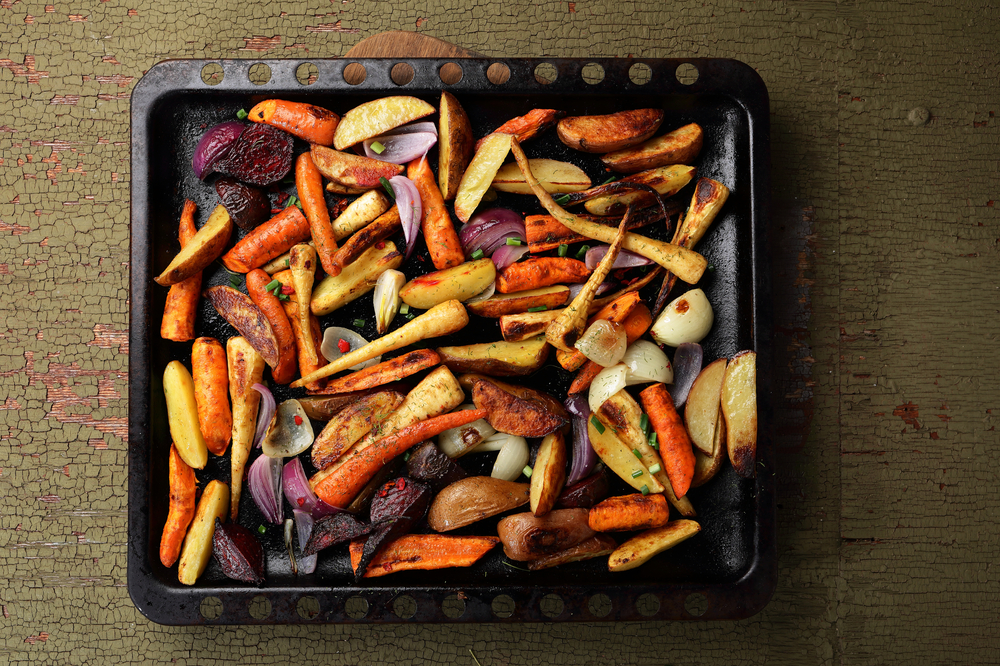
Letting roasted vegetables sit for a few minutes before serving allows steam to dissipate, preserving their crispy texture. Resting helps stabilize the roasted exterior while maintaining a tender interior. This simple step can make a noticeable difference in the overall mouthfeel of your dish. Avoid covering the vegetables during this time, as trapped steam can soften them. Resting is a professional chef’s trick for perfect roasted vegetables.
Experiment with Unique Seasonings
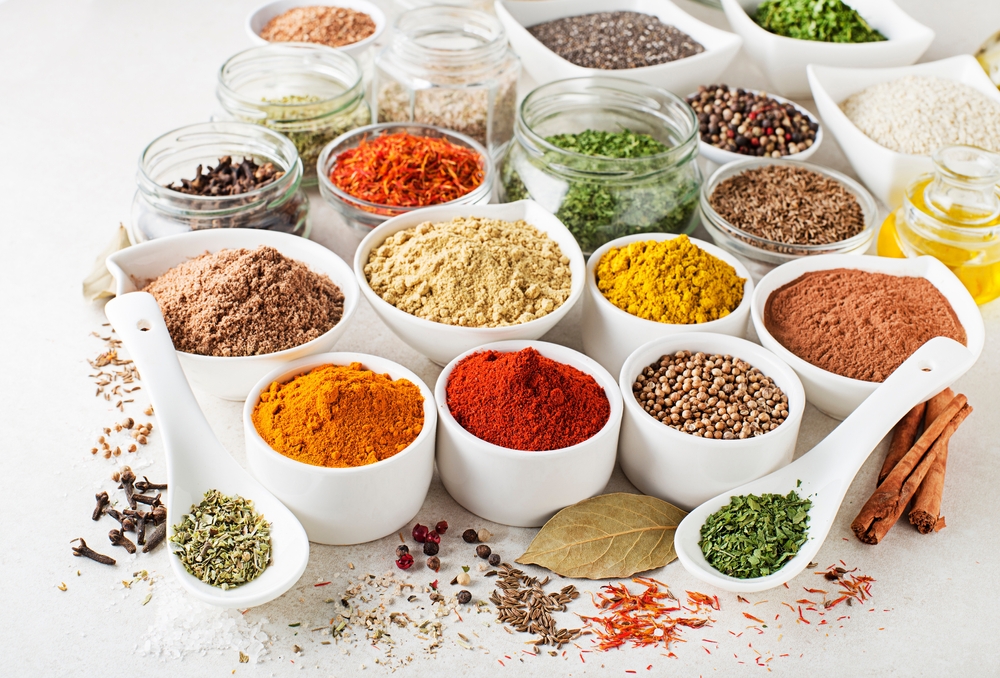
Enhance your roasted vegetables by experimenting with a variety of seasonings and spices. Try smoked paprika, cumin, garlic powder, or even nutritional yeast for unique flavor profiles. Mixing dried herbs like rosemary or thyme with olive oil creates an aromatic coating that roasts beautifully. Seasoning blends can elevate the taste and transform simple vegetables into an impressive dish. Bold flavors complement the caramelized notes achieved during roasting.
This article originally appeared on RetailShout.
More From RetailShout
15 Budget-Friendly and Nutritious Costco Snacks for the Family
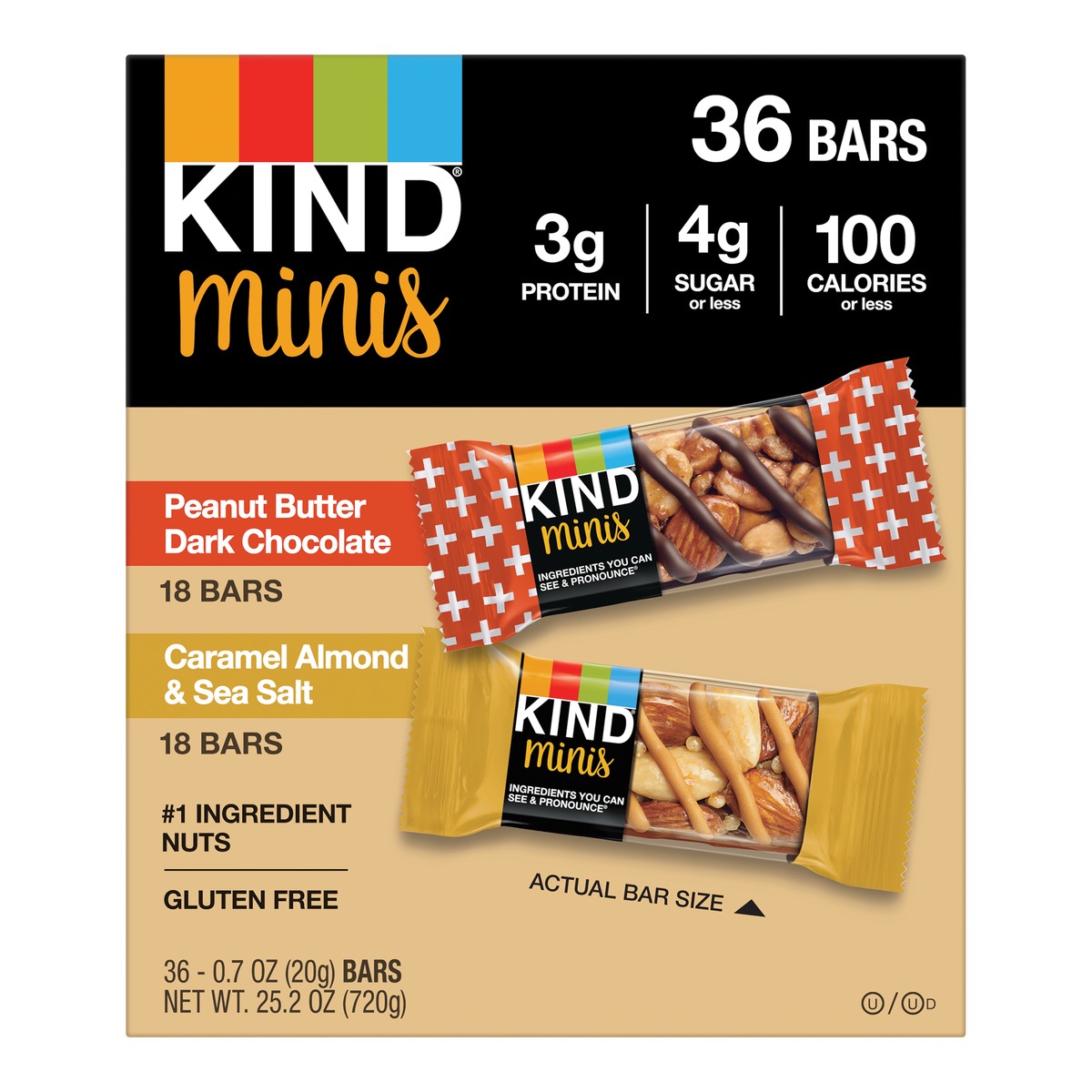
Snack time doesn’t have to break the bank, and with Costco’s bulk offerings, you can stock up on healthy snacks for the whole family without spending a fortune. From crunchy snacks to protein-filled options, there’s something for everyone, even the pickiest eaters. Read More.
12 Exciting New Walmart Products We‘re Already Obsessed With

Finding great deals at Walmart is always a win. Whether you’re updating your home, refreshing your wardrobe, or picking up a gift, Walmart’s new products offer affordable, practical, and fun options. Read More.
14 Trader Joe‘s Top Picks for Gluten-Free Cooking
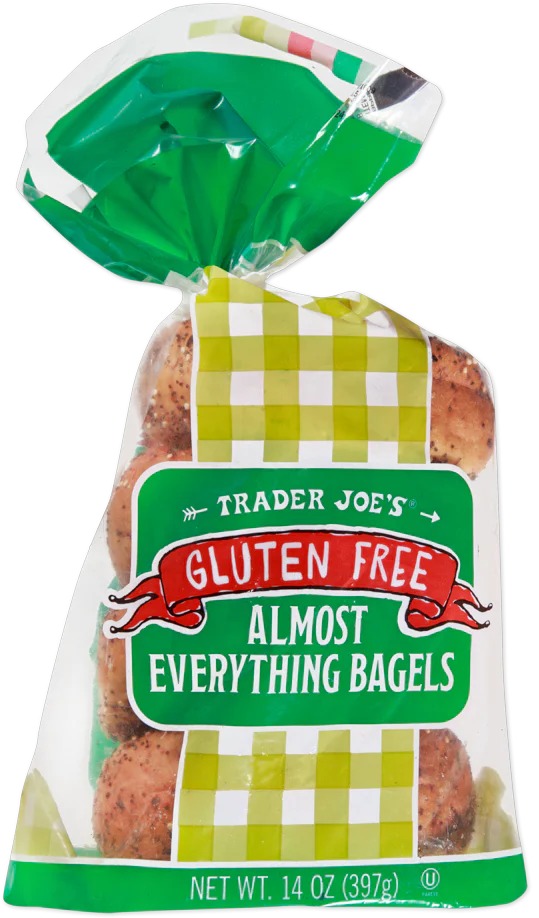
Gluten-free cooking can feel like a challenge, but Trader Joe’s makes it so much easier with their awesome lineup of gluten-free products. There are plenty of Trader Joe’s picks that make gluten-free meals both simple and delicious. Read More.


